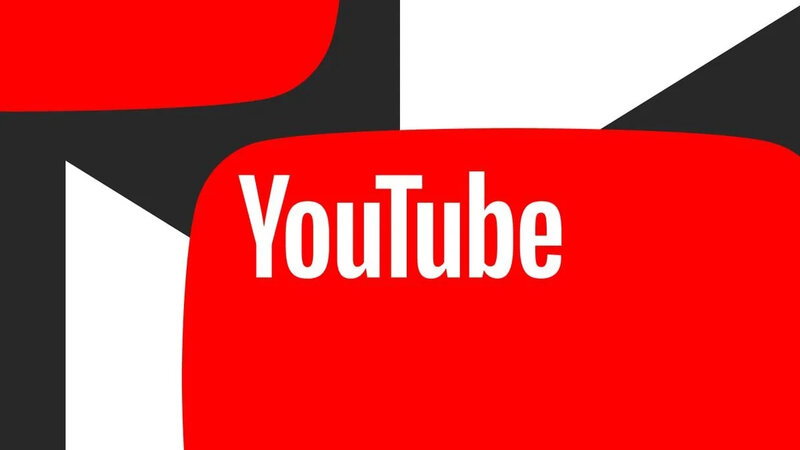
When it started sharing income with video producers in 2007,
YouTube changed the internet forever. This was the start of a new generation of
internet celebs. This plan, called the YouTube Partner Program (YPP), became a
status symbol that artists wanted.
It showed that their skills were recognized and gave them a
way to make money. But something new has happened that casts a shade over this
open environment. YouTube has quietly taken down a piece of code from its
website that told people if a station was part of the YPP. This change has big
effects on people who make things, do study, and write news stories.
Since this code was taken away, it's harder to see which
stations are making money from ads and subscriptions on YouTube. Because of
this change, artists can't keep an eye on their rivals, and reporters and
researchers can't hold YouTube responsible for how it decides to make money off
of content.
A simple "true" or "false" flag in the
code showed whether a channel was participating in the YPP. This code had
become an important tool for many groups. Its absence makes me wonder about how
open and accountable the site really is.
Creators like Tony Woodall, who wants to join the YPP and
runs a trip program, are very upset about this change. Because the code snippet
was clear, producers like Woodall could look into and learn from the ways that
paid channels did things. Since the tool is no longer useful, producers are
left in the dark and are having a hard time figuring out how to make money on
the site.
YouTube's choice to get rid of this piece of code is in line
with its strategy of protecting the privacy of its users and creators. Kimberly
Taylor, a spokeswoman for YouTube, says that the site is always adding new
privacy-friendly features. But this move has caused a lot of discussion about
how to balance privacy and openness, especially when it comes to making money
off of material.
This change has effects that go beyond the authors
themselves. The code was used by groups like Ekō, which promotes business
responsibility, to look into and report on problematic material that was being
made money from on YouTube. Without this tool, it's hard to keep track of and
report these kinds of problems, which could let dangerous content spread
without being stopped.
Even though this change is hard, producers and scholars are
getting used to it. Different ways are being worked on to figure out if a
channel is making money, but they aren't as accurate as the direct clue that
the now-removed code gave. This shows how digital platforms are changing and
how privacy, openness, and responsibility are still at odds with each other.
YouTube's choice to get rid of the code snippet that showed
a channel was part of the YPP is a big change in how the platform handles
openness. It's in line with the company's privacy rules, but it makes me worry
about how creators, researchers, and campaign groups will be able to keep an
eye on and understand how material is made money on the platform. Finding the
right mix between privacy and openness is still an important topic to talk
about as the digital world changes.
Our site, Great SMM, has a variety of social media marketing
(SMM) services that can be customized to fit your needs if you want to learn
how to use the constantly changing world of SMM. Our well-thought-out solutions
can help you reach your social media goals, whether you're a content maker,
marketer, or business owner. Check out our services at Great SMM right now to
take your social media to the next level.